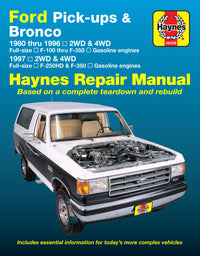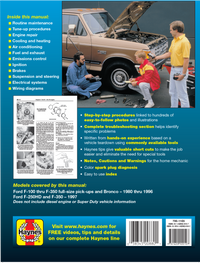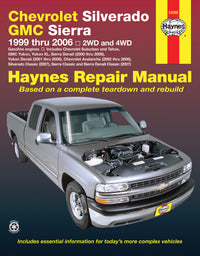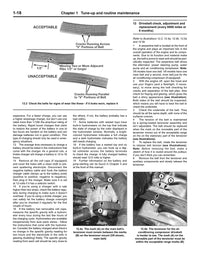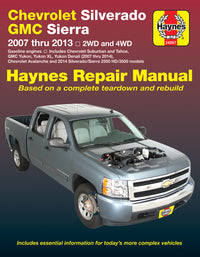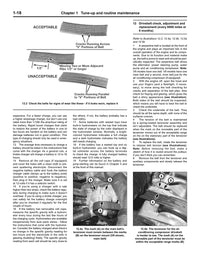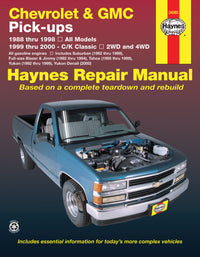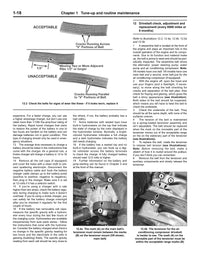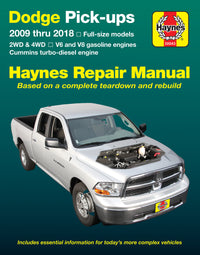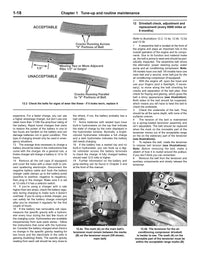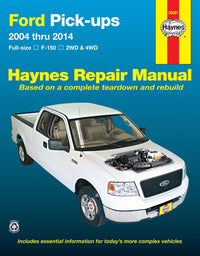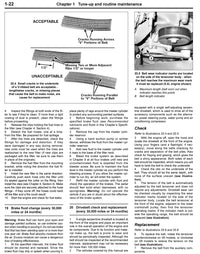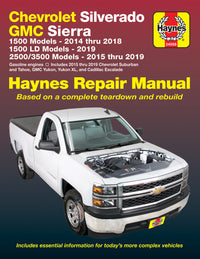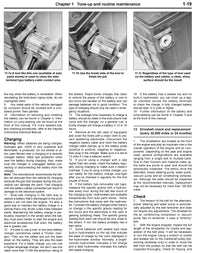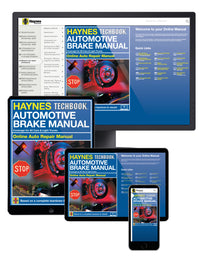Reliable trucks earn their reputation on the road by how well they carry weight, handle tough terrain, and stay stable under pressure. None of that happens without the right balance in the tires. Tire pressure may seem like a small detail, but it has a direct impact on safety, fuel costs, and how long those heavy-duty tires last.
The recommended tire pressure for the GMC Sierra 2500 (2020–2024) gives this truck the foundation it needs to perform at its best. A few pounds of difference can change how it brakes, how it grips the road, and how predictable it feels behind the wheel.
Understanding the Recommended Tire Pressure for the GMC Sierra 2500
Manufacturers don’t choose PSI values at random. Every GMC Sierra 2500 comes with a label on the driver’s side door frame that lists the exact pressures for both the front and rear tires. These figures account for the truck’s weight, axle design, and expected load range. The owner’s manual provides additional guidance, especially if you plan to tow a trailer or fill the bed with heavy equipment.
In most everyday driving scenarios, tire pressure falls between 50 and 75 PSI for the Sierra 2500, depending on the trim and load. That range may look higher compared to lighter-duty models like the Sierra 1500, which typically hovers closer to 35 PSI. However, the Sierra 2500’s design requires stronger support. Filling the tires within this range maintains an even footprint, keeping the tread in consistent contact with the road surface.
Underinflated tires flex more than designed, causing the tread edges to wear faster and heat to build inside the casing. Overinflated tires concentrate pressure in the center, creating a harsh ride and reduced traction. Both scenarios shorten the life of expensive heavy-duty tires and reduce the Sierra’s ability to respond quickly in tight situations.
How Correct PSI Shapes Your Driving Experience
Every GMC Sierra 2500 driver knows the truck is capable of pulling impressive loads, be it the equipment for the jobsite or a camper for a weekend escape. Correct tire pressure directly affects how stable the truck feels when carrying that weight. With proper PSI, the steering responds quickly, body roll stays under control, and braking distances remain consistent.
Too little air can weaken stability. The sidewalls flex beyond design limits, delaying steering response and increasing sway. On a truck this size, that extra movement feels amplified, especially when towing.
Too much air causes the tires to skim across the road, reducing grip and leaving the truck feeling jittery on wet or uneven pavement. Keeping PSI in the recommended range restores balance. It gives drivers predictable handling across highways, gravel roads, or city streets.
Fuel Economy and Tire Longevity
The Sierra 2500 is not a truck most people buy with fuel savings in mind. Still, every bit of efficiency matters when driving a heavy-duty model. Tires inflated to the recommended PSI roll with less resistance, allowing the engine to work more efficiently. Even a small drop in pressure increases drag, which forces the engine to burn more fuel just to maintain speed. Over long commutes or cross-country hauls, that extra consumption adds up quickly.
Correct tire pressure also extends tire life. A balanced footprint means the tread wears evenly from shoulder to center, maximizing the mileage each set delivers. Underinflated tires wear down the shoulders, while overinflated ones thin out through the middle. With the cost of replacing heavy-duty truck tires running high, maintaining the right PSI is one of the most cost-effective habits Sierra 2500 owners can practice.
Reading the Tire Pressure Chart
The pressure chart in your Sierra provides more than a single number. It separates front and rear tires because each axle handles a different share of the truck’s weight. It also lists pressures based on load conditions. A lightly loaded Sierra doesn’t need the same PSI as one carrying a full bed of materials and pulling a trailer. The chart accounts for those differences, giving you the numbers you need for any scenario.
Spare tire recommendations are also included. They differ because spares often use compact construction. Ignoring those figures leads to mismatched handling if you ever need to install it.
Another key detail is the unit of measurement. In North America, PSI is standard. However, some charts also list bar or kPa. Use the figure that matches your tire gauge and air source to avoid confusion.
Always measure pressure when the tires are cold. Heat from driving temporarily raises PSI, which gives a false impression of proper inflation. Checking first thing in the morning or before heading out for the day produces the most accurate reading.
Factors That Affect Tire Pressure in a Sierra 2500
Seasonal changes, driving habits, and cargo weight all influence the PSI inside your tires.
Cold weather contracts the air, dropping PSI by one or two points for every 10 degrees Fahrenheit. Hot weather expands it, raising the reading even though the volume of air hasn’t changed. That’s why winter mornings often reveal low tire warnings, and summer heat sometimes pushes PSI above the listed recommendation.
Payload makes an even bigger difference. Hauling heavy equipment in the bed or towing a loaded trailer places additional stress on the rear tires. Running at the base pressure in those conditions increases sidewall flex and wear. Adjusting PSI upward according to the chart stabilizes the truck and protects the tires from overwork.
Finally, driving style influences how pressure behaves. Long highway runs create sustained heat buildup, while stop-and-go city driving with frequent braking stresses the tread differently. Aggressive cornering or quick acceleration increases sidewall strain, further magnifying the importance of correct inflation.
The Risks of Incorrect PSI
Driving on tires with improper PSI is dangerous. Underinflated tires risk blowouts because the extra flex generates heat and weakens the structure. A blowout at highway speeds can quickly lead to loss of control, particularly when hauling or towing. Overinflated tires reduce grip, making hydroplaning more likely on wet roads and cutting traction on icy surfaces. Both situations compromise your ability to control a truck of this size, especially under heavy load.
Even if a blowout never happens, incorrect PSI still shortens tire life and erodes comfort. A truck designed to deliver steady, powerful performance feels unstable and unpredictable. Those risks are simply not worth taking for a vehicle that many owners use for work or long-distance travel.
How Often You Should Check
A monthly check with a reliable tire gauge confirms whether the PSI matches the chart. Many drivers also test before long trips, especially when towing. Check tires when they are cold, before driving more than a few miles. Sensors activate only after significant pressure loss, so smaller but still harmful drops often go unnoticed until wear appears.
Using Haynes Manuals for Tire Maintenance
Keeping PSI within range is one of the simplest steps you can take to protect both performance and safety. A Haynes Manual for the GMC Sierra 2500 gives you more than the recommended figures. It explains how tire pressure fits into the bigger picture of truck maintenance, from suspension geometry to load handling.
If you own the 3500 model, the Haynes Manual for the GMC Sierra 3500 offers equally valuable insights, walking you through tire care along with detailed coverage of other systems. These manuals are for drivers who want control over their maintenance, offering expert knowledge in clear, practical language.
Tire pressure may seem simple, but it plays a defining role in how your truck handles, how safe it feels, and how far it can go without unnecessary repairs. Explore our manuals today, gain the confidence to handle maintenance the right way, and keep your Sierra prepared for every road ahead.

